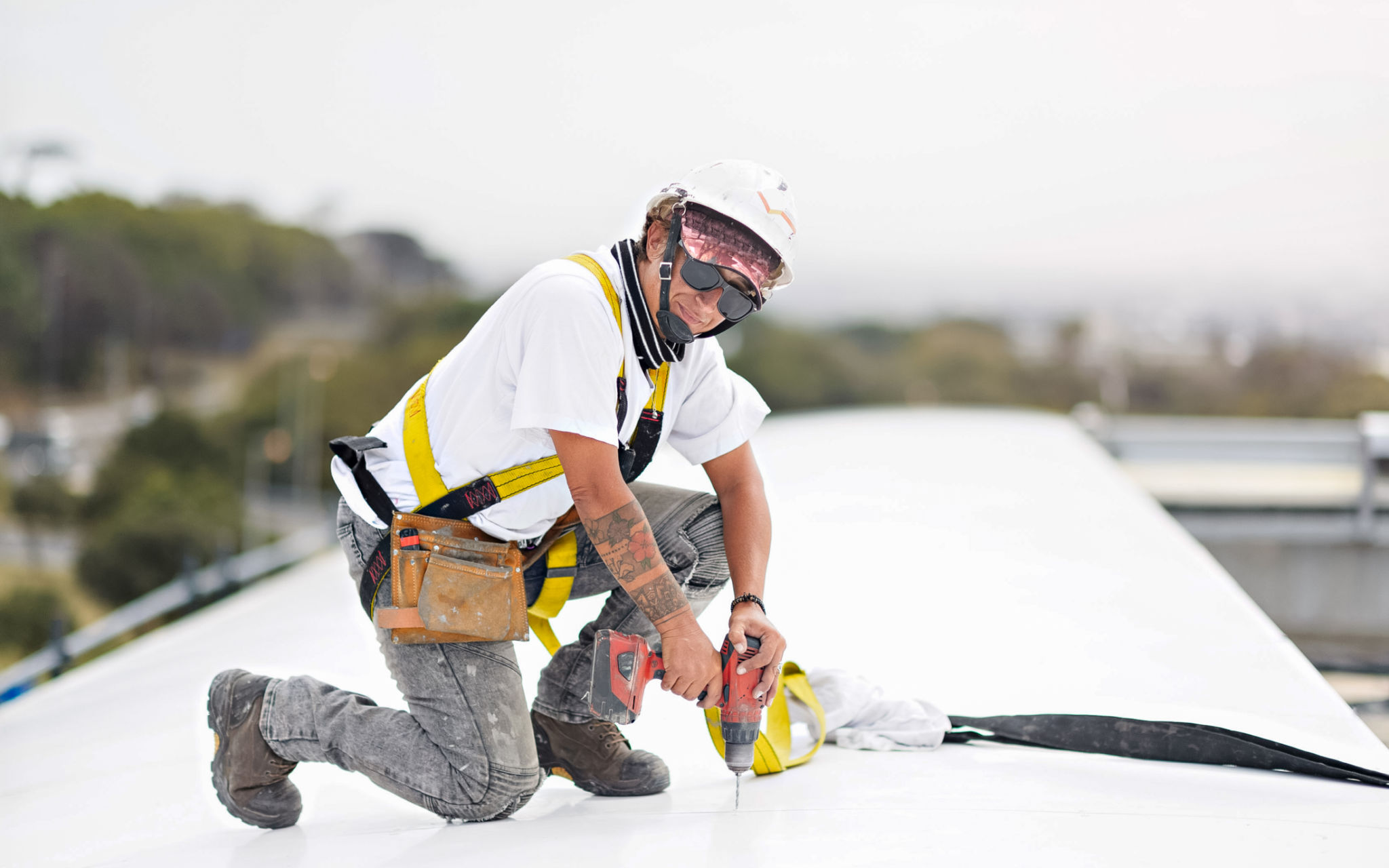DIY Anti-Fouling Paint Inspection: What Boat Owners in BC Need to Know
Understanding Anti-Fouling Paint
For boat owners in British Columbia, maintaining the condition of their vessels is crucial. One essential aspect of this maintenance is the use of anti-fouling paint. This specialized paint prevents aquatic organisms such as barnacles, algae, and other marine life from attaching to the hull of the boat, ensuring smooth sailing and improved fuel efficiency. While professional application is common, many boat enthusiasts opt for a DIY approach.
To ensure the effectiveness of anti-fouling paint, regular inspection is necessary. This process helps identify areas where the paint might be wearing thin or peeling, ensuring the boat remains in top condition.

Why Regular Inspection Matters
Regular inspection of your anti-fouling paint can save you from expensive repairs and maintenance down the line. Over time, the paint can lose its potency due to constant exposure to water and marine life. By catching these issues early, boat owners can reapply paint as needed, preventing the hull from becoming a breeding ground for marine organisms.
Moreover, a well-maintained anti-fouling coating contributes to better fuel efficiency. A clean hull reduces drag, allowing your boat to glide through water more easily and consume less fuel.
When to Inspect Your Anti-Fouling Paint
The frequency of inspections largely depends on how often you use your boat and the conditions in which it operates. However, a good rule of thumb is to inspect the paint at least twice a year. Many boat owners find it convenient to align their inspections with seasonal changes, checking once in spring and once in fall.

Steps for DIY Anti-Fouling Paint Inspection
Conducting an anti-fouling paint inspection doesn’t have to be complicated. Here’s a step-by-step guide for boat owners:
- Prepare Your Boat: Haul your boat out of the water using a trailer or lift. Ensure it's securely supported before starting your inspection.
- Visual Inspection: Look for any visible signs of wear and tear. This includes peeling, bubbling, or areas where the paint appears thin.
- Check for Marine Growth: Examine the hull for any attached organisms. If you find any, it might be time to reapply your anti-fouling paint.
- Test Paint Thickness: Use a paint thickness gauge to check the coating's thickness. This tool can help you determine if reapplication is necessary.
If you identify any issues during your inspection, consider reapplying a fresh coat of anti-fouling paint. Doing so will ensure your boat remains in excellent condition.

Choosing the Right Anti-Fouling Paint
When it's time to reapply anti-fouling paint, selecting the right type is crucial. Factors such as water temperature, salinity, and the type of marine life prevalent in your area play a significant role in determining the best paint. Many manufacturers offer formulations specifically designed for the unique conditions found in British Columbia waters.
Consult with local marine supply stores or fellow boaters to gather recommendations and reviews on which products perform best in your region.
Safety Tips for DIY Inspection
Safety should always be a priority when inspecting and maintaining your boat. Here are some essential safety tips to keep in mind:
- Wear Protective Gear: Use gloves, goggles, and masks to protect yourself from chemical exposure while handling anti-fouling paints.
- Ensure Proper Ventilation: If working indoors or under cover, make sure there is adequate ventilation to disperse fumes from paints and solvents.
- Secure Your Boat: Make sure your boat is stable and secure on its supports to prevent accidents during inspection.
With these guidelines and tips in mind, you can confidently undertake a DIY anti-fouling paint inspection to keep your vessel in prime condition, ensuring enjoyable and efficient boating adventures in British Columbia's beautiful waters.